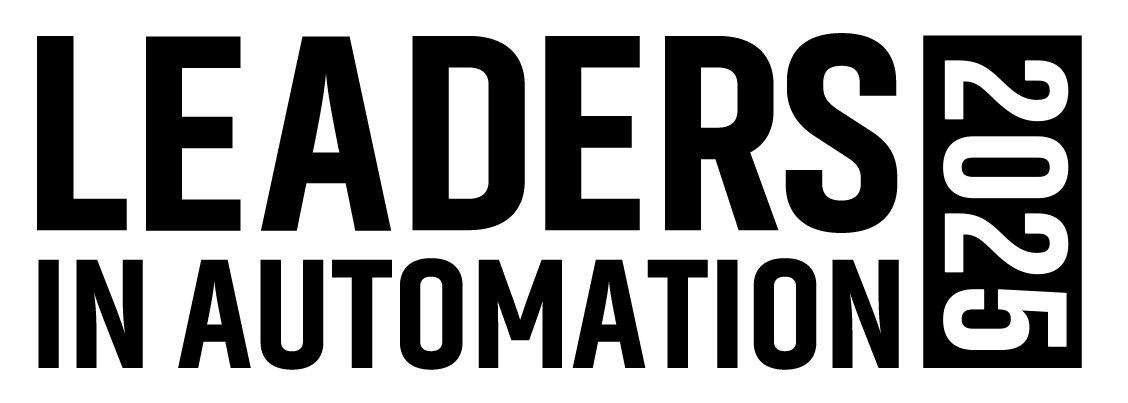The Latest on Emergency Stops
The result just could be safer factories at less cost.
In 2002, the National Fire Protection Association changed its NFPA 79 standard to accommodate some of the technical developments pioneered in Europe during the last decade. “It allowed certain technologies like safety PLCs (programmable logic controllers) and safety buses, and putting an emergency stop device on a safety bus,” says J.B. Titus, manager of business development and industry standards at Siemens Energy & Automation Inc., in Norcross, Ga. and Siemens’ representative on the NFPA 79 standard committee. The safety standards no longer required the redundant circuitry and the extra engineering to avoid the problem of single points of failure.
The 2002 revised standard also opens emergency stops to Category 1 conditions, no longer restricting them to Category 0. One of NFPA 79’s three categories for stopping, Category 0 removes power from the actuators immediately. It is an uncontrolled stop, one in which motion continues until friction overcomes inertia. The sudden loss of power and the unequal distribution of inertia inside the machine also can throw the internal mechanisms out of synchronization. If the inertia is significant, it could cause or worsen any injuries, wear or damage, in addition to requiring time to synchronize the machinery at startup.
A Category 1 stop, on the other hand, halts the machine under power and cuts power to the actuators once the mechanism reaches a safe position and motion ceases. The advantage is that the action is controlled. Not only can the motors overcome the inertia and perhaps stop motion faster than an uncontrolled stop would, but the internal mechanism of the machinery also remains in synchronization.
A Category 2 stop is the least radical of the interventions. It is a controlled stop in which power continues to flow to the machine actuators. “If a stamping-press operator were to push a controlled-stop button, the press would stop at the end of its cycle and wait,” says Titus. The global consensus is that this category remains unacceptable for emergencies.
See the main story that goes with this sidebar:Stop Motion Safely— Without Breaking The Bank
